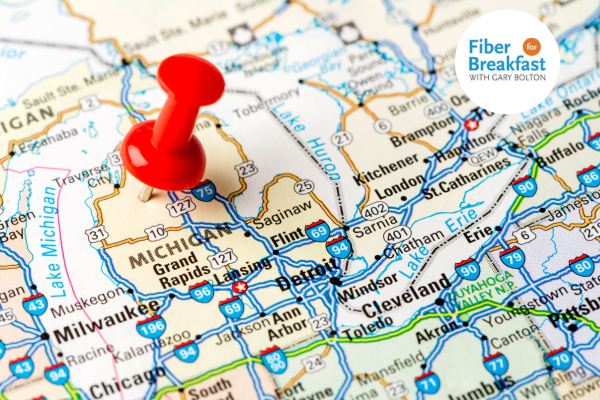Connecting the Pieces in Digital Equity
One out of four urban households do not have a wireline subscription or the infrastructure to support one, making the challenge of closing the digital divide no small matter. Achieving digital equity is going to take time. Efforts will be ongoing as technology evolves and household circumstances change.
“The actual digital inclusion work itself is based upon barriers to digital equity,” said Angela Siefer, Executive Director, National Digital Inclusion Alliance (NDIA). “The broadband might be there, but it would be unaffordable, or it’s not there at all, or it’s there and it’s not very good. Those are all possibilities.”
NDIA has been in operation for eight years. Its early work included understanding “digital redlining,” which is where infrastructure exists but deployment to lower-income areas doesn’t occur, leaving those neighborhoods with older technology. Other issues NDIA has identified are the affordability of access devices like tablets and computers and having the skills needed to connect and use them.
“Digital skills are one issue that will never go away,” said Siefer. “We are always going to be addressing a digital divide because the technology is going to keep changing and how we use it is going to keep changing. We have to figure out a solution in the United States where adults, not only students but also adults, constantly have the tech support to make sure that computers still function, how to use the newest app, or even super simple things like ‘How do I get on the Social Security website?’”
Connecting the pieces for digital equity of physical access, affordability, and education will require investment in local solutions for digital navigators and other tools and programs so the most at-risk populations get the assistance they need in the communities they are most comfortable in.
“We’d love to see that every community has all of the pieces of an inclusive ecosystem that they need,” said Siefer. “This would be making sure that there are organizations who are helping folks sign up for an internet service, who are making sure that folks have access to a low-cost device that meets their needs, providing digital skills training that might be a digital navigator. And it needs to be really community specific and population specific. Serving an older population may not be the same as serving those who are looking for back-to-work support. We want to make sure that all the different pieces are there, and they’re connected and talking to each other.”
For a deeper dive into putting together the digital equity puzzles, listen to the latest Fiber for Breakfast podcast.
https://soundcloud.com/user-491717682/ffb-episode-139-addressing-all-barriers-to-digital-equity?si=2965a5b904f941fca7c6d1957c521b67&utm_source=clipboard&utm_medium=text&utm_campaign=social_sharing





